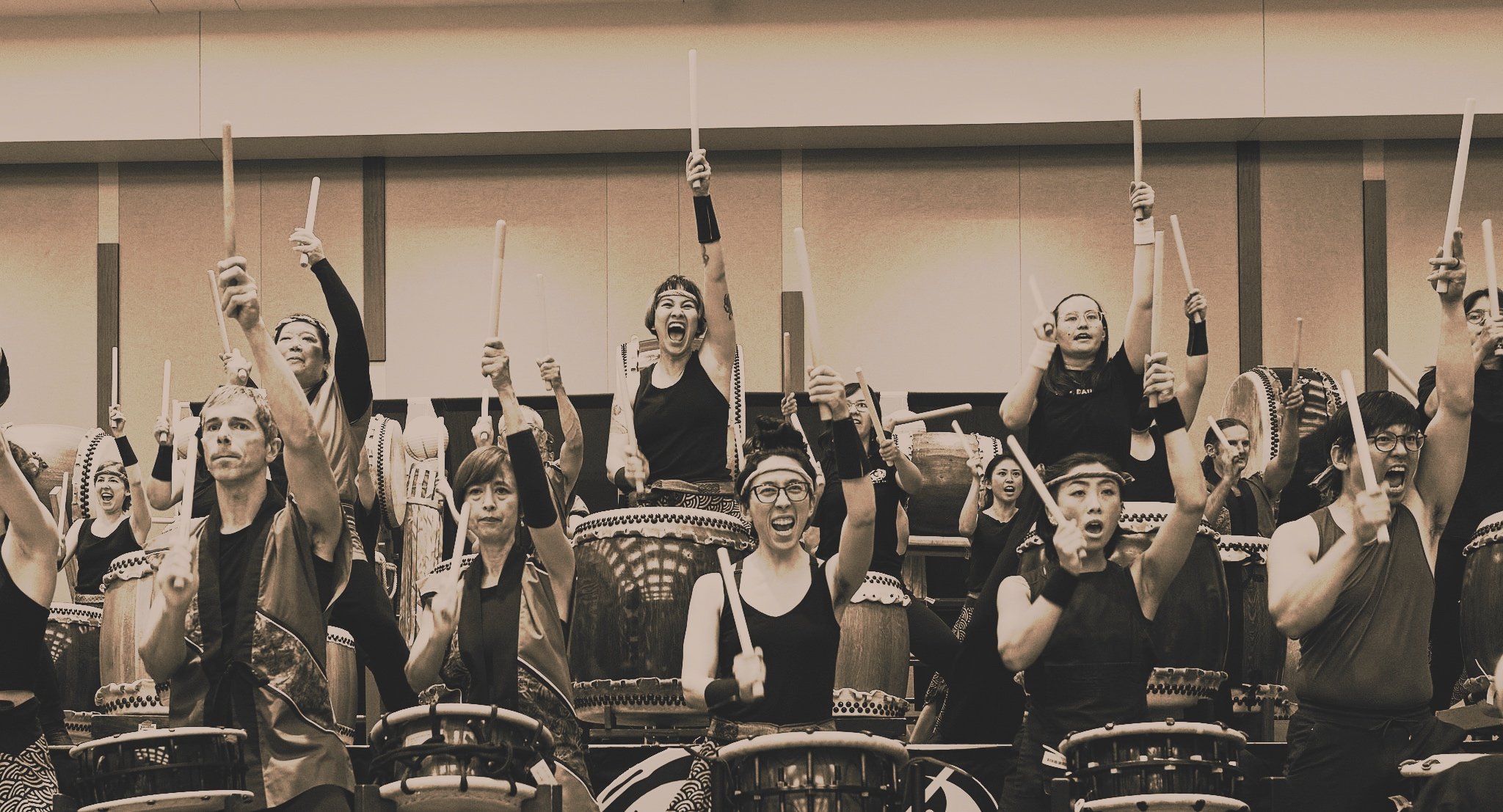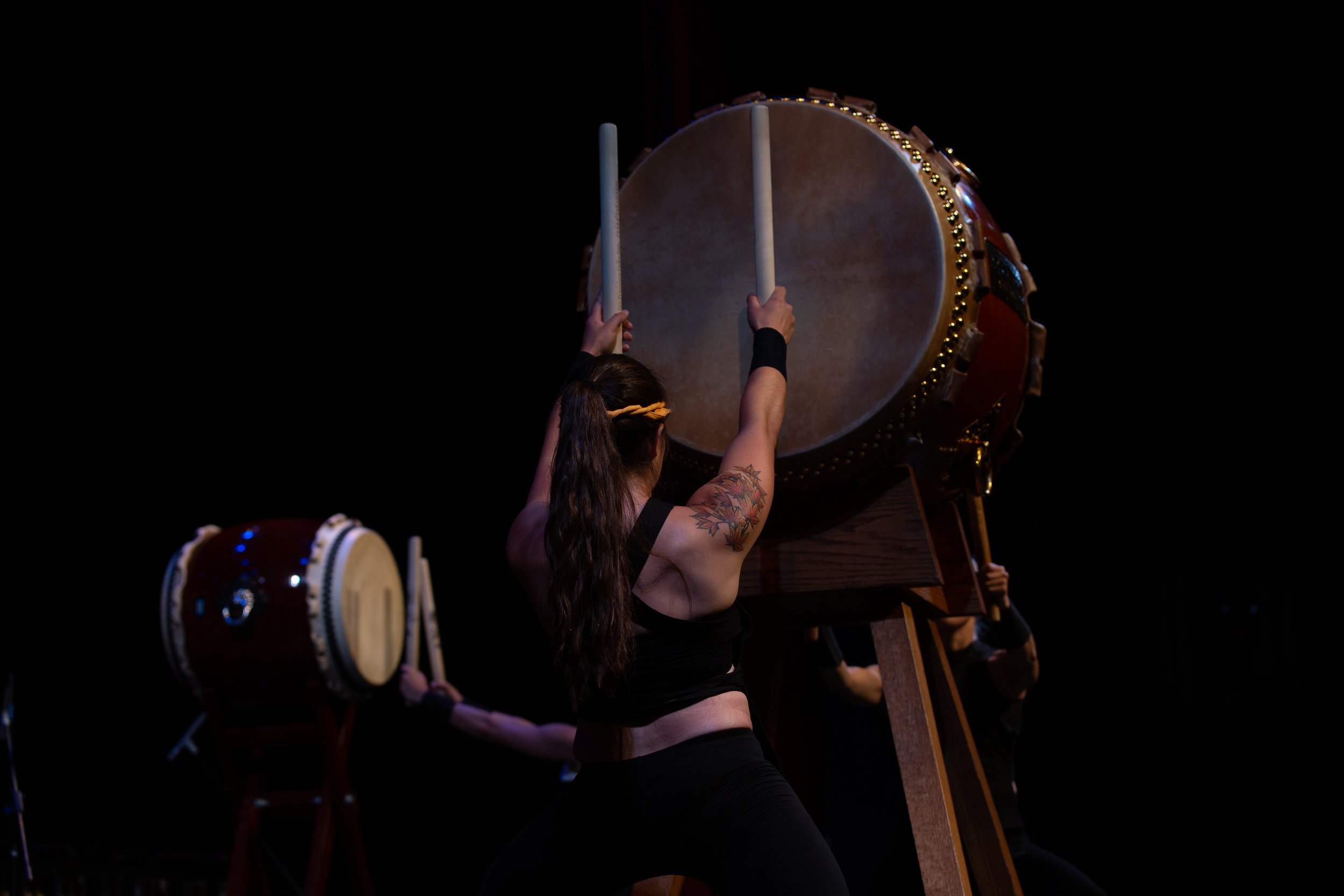
2025
NORTH AMERICAN TAIKO CONFERENCE
Phoenix, AZ
REGISTRATION CLOSED!
*Community Tickets are still available, they include entry to all concerts!*
VIEW THE CONCERT PROGRAM

CONCERTS
All Conference ticket holders can attend the following concerts.
TAIKO JAM
Taiko Jam is our premier concert, featuring invited special guests as well as local Arizona groups representing their history and community. This special concert is a rare chance to see these groups sharing the stage together and presenting the best of our artform.
TAIKO TEN
Join us for this exciting, community-centered concert featuring taiko groups from across the USA. It's a great opportunity to see different taiko styles and songs, and to cheer on the groups as they play their hearts out!

Taiko in the Desert
The theme of ‘taiko in the desert’ is intended to reflect both the literal and the metaphorical. Our aim is to not only highlight the unique taiko ecosystem of the desert southwest, but also to consider deserts more broadly. Although often places of limited resources and difficult conditions, deserts are rich with their own kind of beauty. The goal of the conference is thus to showcase taiko that has arisen from these distinct factors - taiko that not only exists but thrives in the face of uncommon challenge, whether that is posed by historical and cultural context, geographic isolation, or the limitations of the human body. We strive to honor the ingenuity and resilience demonstrated under these circumstances, and to acknowledge the ways in which communities have been built and sustained in resource-poor environments around a connection to and love for our shared art form.
Theme Written by Ishani Deo





